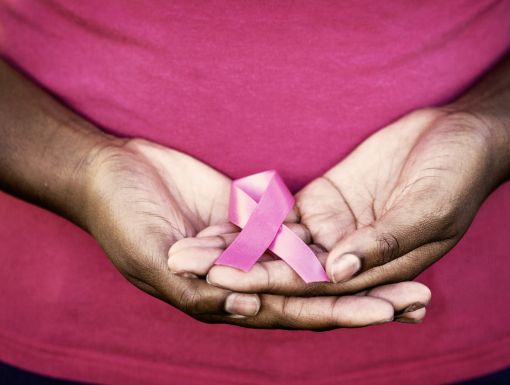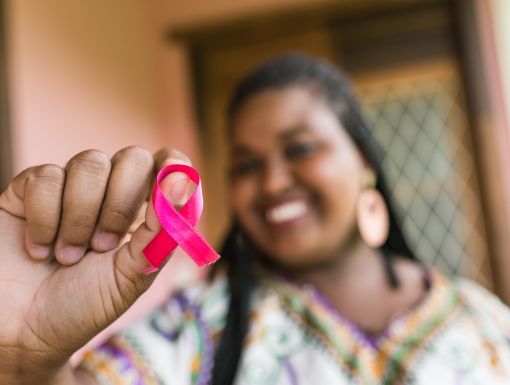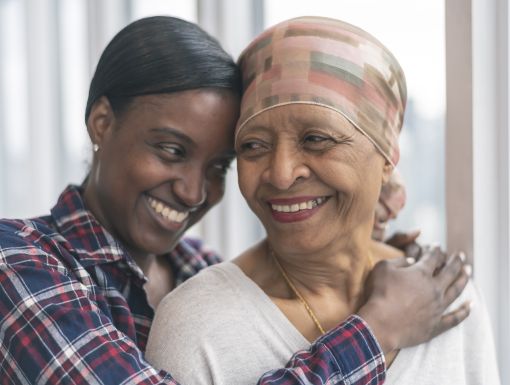
Breast Cancer Screenings During COVID-19
Early detection is key when dealing with breast cancer, but what does that look like during the COVID-19 pandemic?
According to data from Epic, an electronic health record system, appointments for screenings for cancers of the cervix, colon and breast were down between 86% and 94% in March 2020, compared to average volumes in the three years before the first COVID-19 case was confirmed in the United States. This data represents only a fraction of all cancer screenings, but it helps to demonstrate the gaps in care because of the COVID-19 pandemic. These gaps in care can have drastic consequences in the future.
The Lancet Oncology 2020 study, a population-based modelling study, estimates a 7.9%-9.6% increase in the number of breast cancer deaths up to five years after diagnosis due to delays in diagnosis from COVID-19 shutdowns in England. And an editorial by Sharpless in Science 2020 forecasts impacts of treatment and screening delays from COVID-19. It predicts 10,000 excess deaths in 10 years from breast and colon cancer.
All cancer screenings, including breast cancer screenings, are still essential healthcare, and keeping up with routine health screenings is more important now than ever before. Unfortunately, delays in treatment can lead to less favorable outcomes for patients and those with a cancer diagnosis are at higher risk for serious illness from an infection as their immune systems are often weakened by cancer. This means that exposure to COVID-19 could have more serious consequences.
If you’ve missed an annual exam or routine screening, or if you’re having symptoms you are concerned about, you should contact your health care provider to get your appointments and screenings back on track.
A general guideline for routine cancer screenings is that mammograms are recommended annually for women beginning at the age of 40. According to the International Journal of Cancer, early detection of breast cancer through organized screening in average-risk women has reduced mortality from the disease by 20%. If you’ve never had a clinical breast examination, you may be wondering what to expect during a breast cancer screening. Here are a few things you can typically expect.
- The typical length for a screening, including the mammogram, is about 30 minutes.
- A mammogram is an X-ray of the breast. Mammograms may be a bit uncomfortable for some women, but they are the best way to find cancer early and having regular mammograms can lower the risk of dying from breast cancer.
- What types of questions are asked during a breast cancer screening?
- Ochsner uses specific questions to assess each patient’s individual breast cancer risk.
- The questions range from age of first period, height, weight, childbearing history, menopause status, hormone replacement therapy and family history of breast or ovarian cancer.
Most early detected cancers are asymptomatic (no symptoms) and are picked up during cancer screenings. Therefore, it is important that women get annual screening mammograms.
How We Are Protecting Our Patients
We are using several additional safety measures in our hospital and clinics to keep you and your family safe and healthy while still receiving essential care. Learn more about these measures here.



